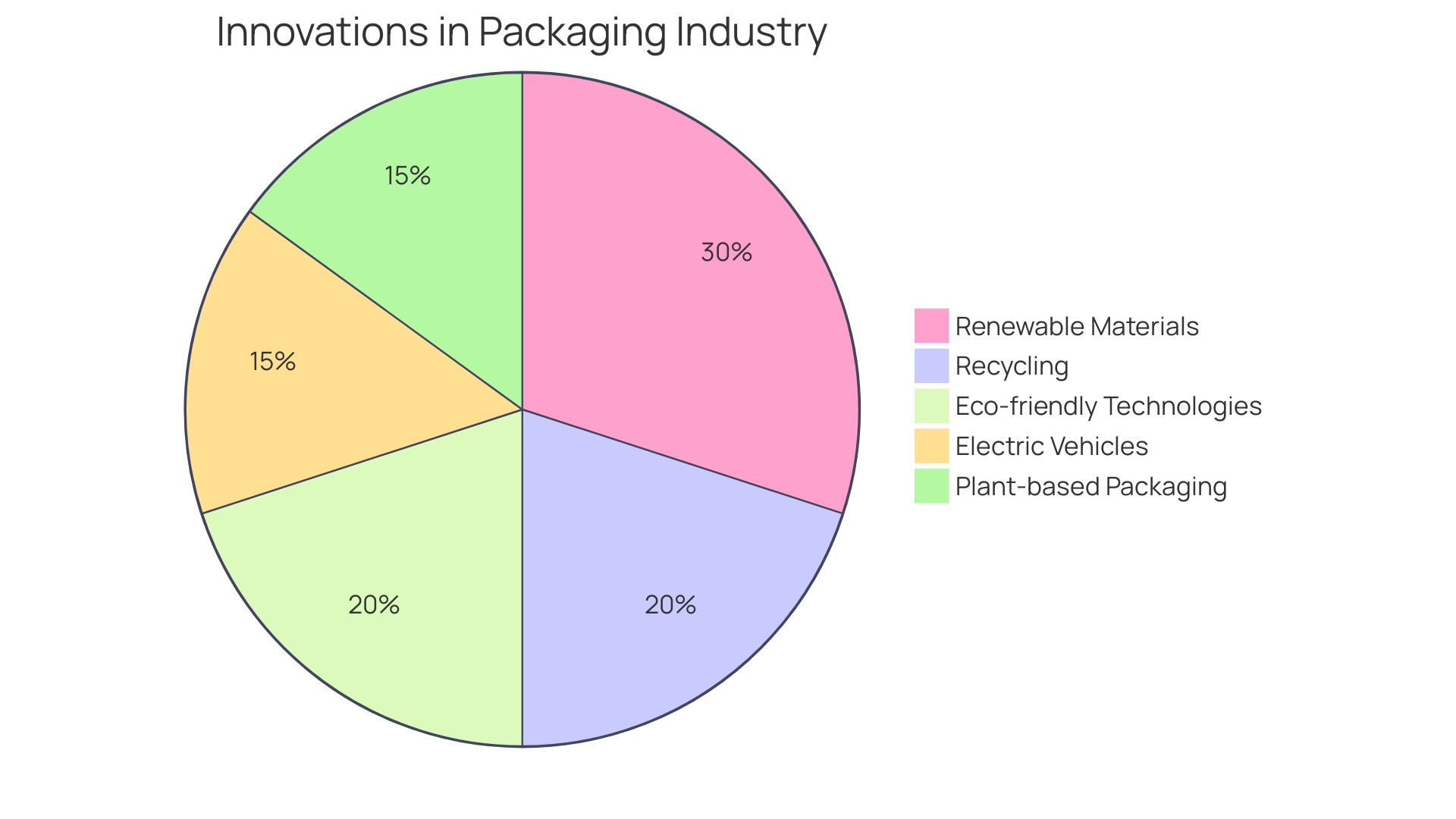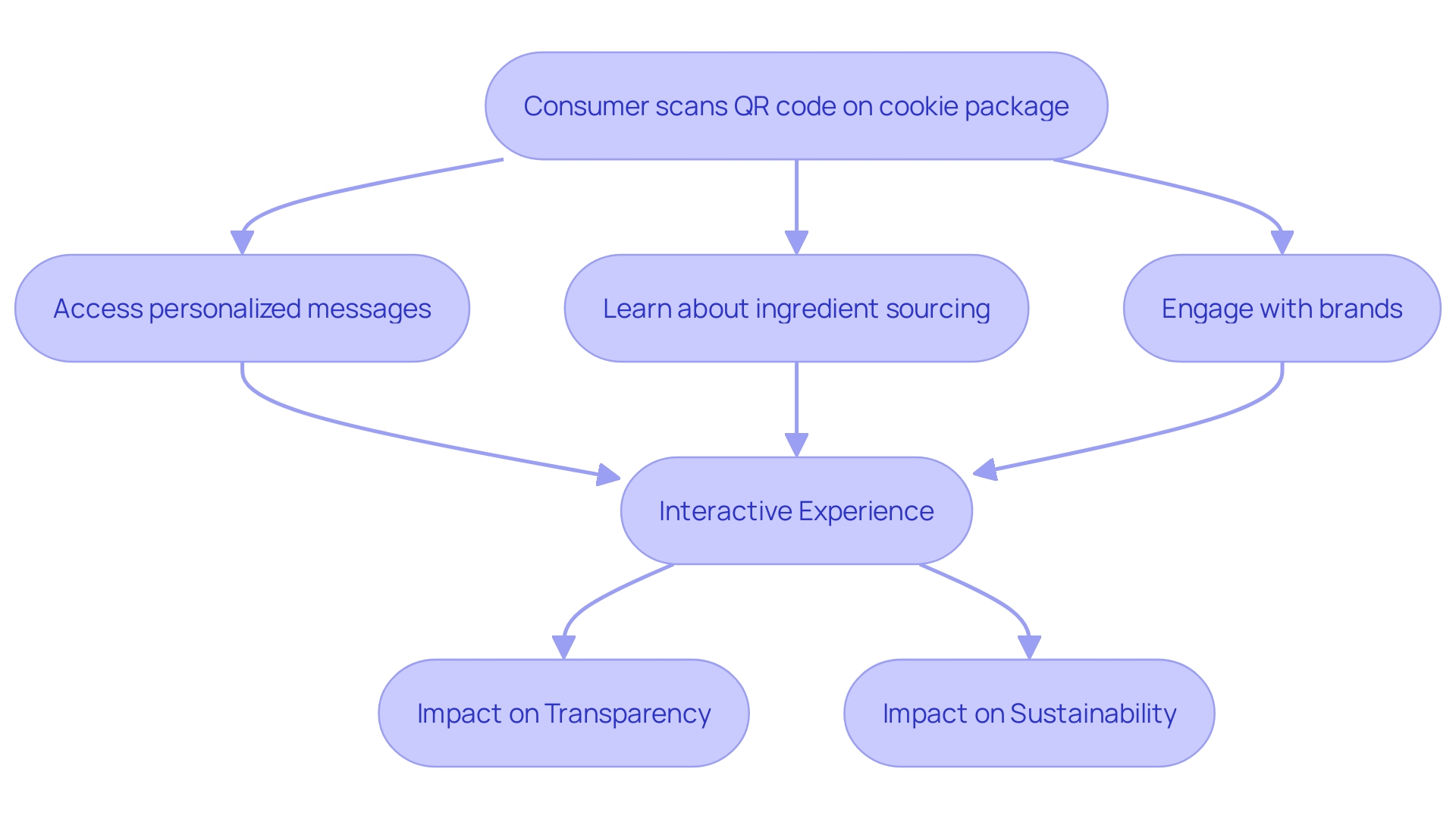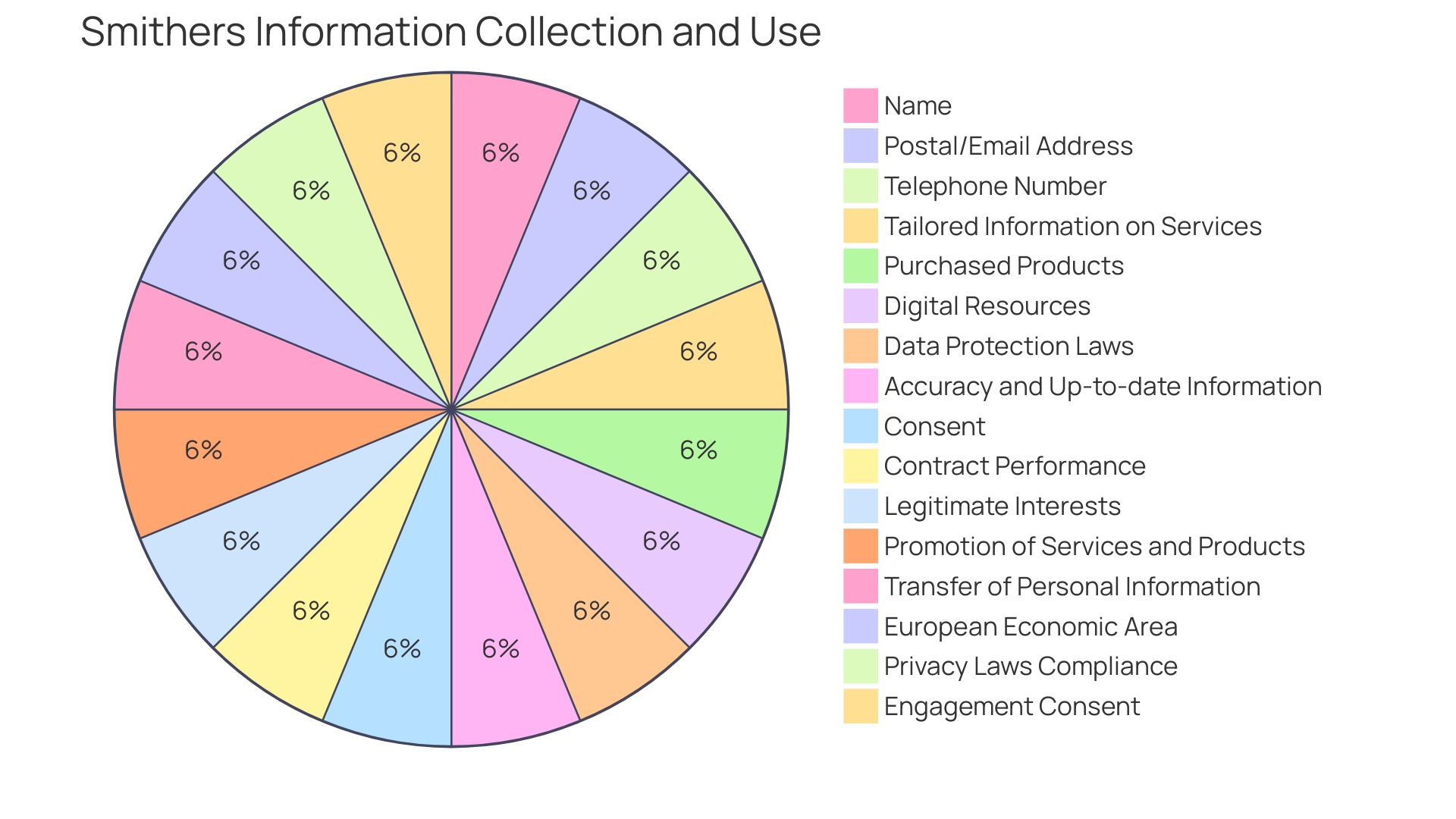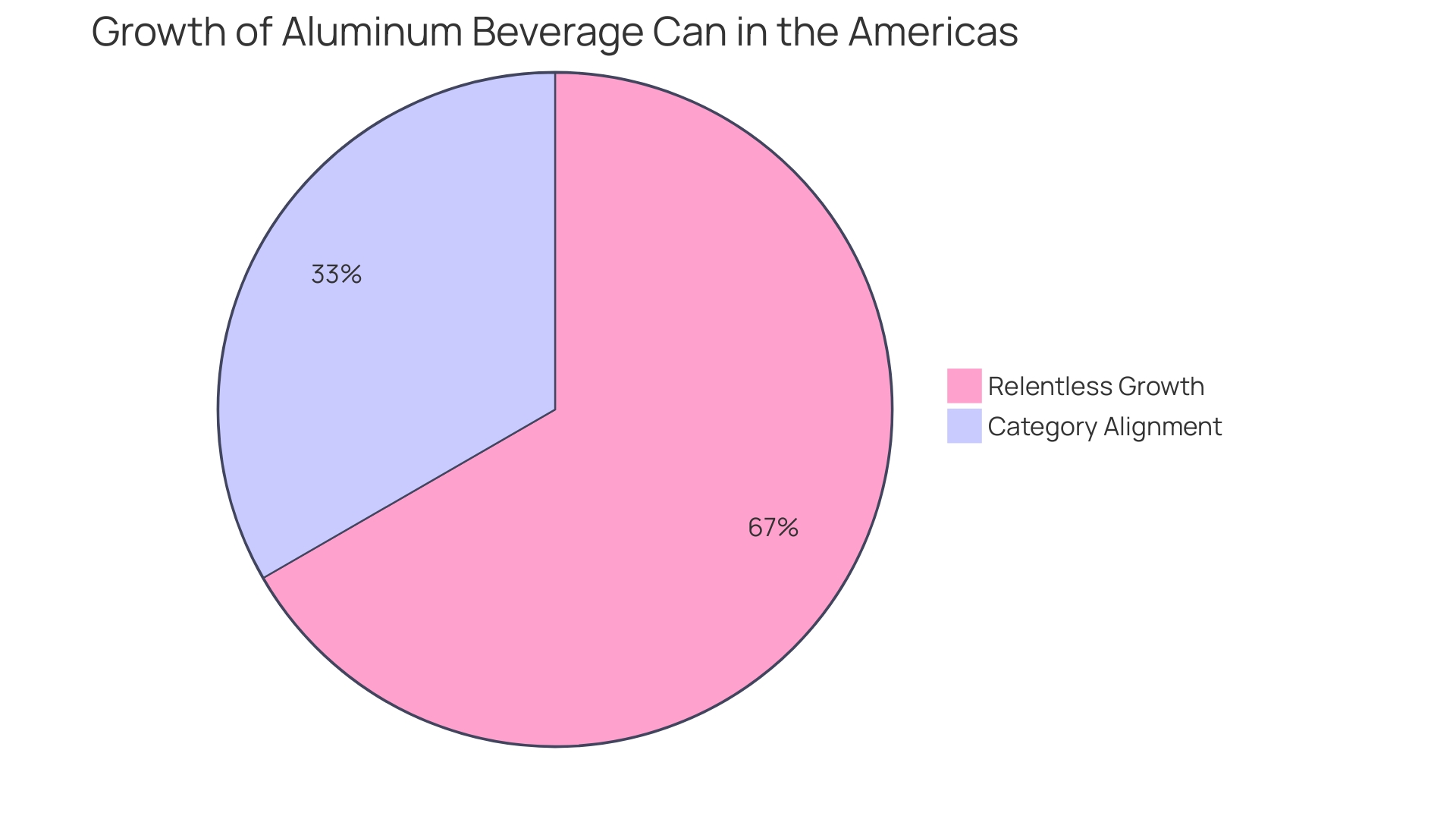Introduction
The cookie industry is not just about delicious treats; it’s a world where packaging plays a vital role in branding, marketing, and attracting consumers. In a fiercely competitive landscape, innovative packaging is no longer optional – it’s essential. From advanced technologies like 3D printing to sustainable practices, packaging is evolving to meet the demands of both consumers and the environment.
This article explores the importance of packaging in the cookie industry, from eco-friendly solutions to creative and functional designs. It also delves into the emerging trend of smart and interactive packaging and the growing preference for custom and reusable options. Additionally, the article highlights how packaging enhances brand identity and reflects market trends, as well as the regulatory and sustainability considerations involved in choosing the right packaging materials.
So, let’s dive into the fascinating world of cookie packaging and discover how it shapes consumer experiences and resonates with brand values.
Importance of Packaging in the Cookie Industry
The art of cookie packaging transcends mere protection of treats; it’s an intricate dance of branding, marketing, and consumer allure. With the global packaging industry valued at over one trillion dollars in 2023, it’s clear that packaging is not just a silent salesman, but a loudspeaker for brand identity. The visual elements of packaging – color, shape, size, and typography – don’t just capture attention on the shelf; they shape consumer expectations and can even alter the perceived value of the product inside.
Today, as the cookie industry finds itself in a fiercely competitive landscape, innovative packaging is not just a nice-to-have, it’s a must. Brands are embracing advanced technologies like 3D printing, which allows for on-demand production of complex designs, bespoke customization, and a significant leap in production efficiency. These cutting-edge packaging solutions are not only about standing out aesthetically but also about sustainability and the big picture that consumers increasingly care about.
Sustainability in packaging has taken center stage, with a focus on the entire lifecycle from creation to disposal. The drive for green options, like biodegradable bags, reflects a broader shift in the consumer goods industry toward environmental responsibility. This commitment to sustainability is also evident in the latest retail technologies, such as the checkout-free stores in Ireland that minimize packaging waste with their innovative shopping experience.
With the power of traceability in food and beverage manufacturing gaining recognition, consumers demand transparency and accountability. This shift has led to a surge in traceable value chains and agritech advancements, intertwining digitalization with sustainable farming practices.
The forecast for cookie packaging in 2024 is a blend of creativity and innovation, with a heightened focus on sustainability. As brands strive to captivate their audience, premium packaging becomes an essential tool for storytelling and personalization, turning each unboxing into an experience. So, as we navigate the evolving landscape of consumer preferences, the packaging isn’t just about keeping cookies intact; it’s about delivering a multi-sensory message that resonates with the heart of the brand and the values of its consumers.
Eco-Friendly Cookie Packaging Solutions
Discerning cookie aficionados aren’t just craving a sweet treat; they’re increasingly hungry for sustainable practices right down to the packaging. Reflecting this eco-awareness, cookie makers are turning to green options like compostable plant-based bags and recyclable cardboard boxes to woo the eco-conscious crowd. These innovative solutions are part of a broader transformation that’s reshaping industries, similar to how electric cars are revving up the auto sector.
Companies like SIG and MISTA are leading the charge, pioneering aseptic carton and spouted pouches that are as kind to the environment as they are to the bottom line. As we’ve seen with Nestle’s pledge for fully recyclable packaging by 2025, it’s clear that the confectionery world is not just dipping its toe but diving into the pool of eco-friendly packaging, with vibrant, informative designs that appeal to both the eye and the earth. This shift is not just a trend but a response to a profound consumer demand for responsibility and sustainability in every bite and every package.

Creative and Functional Packaging Designs
Cookie packaging today does more than just safeguard the treats inside; it’s a canvas for creativity and a statement of brand identity. The right design can turn heads and stir hearts, making the confectionery experience unforgettable. Imagine packaging that speaks to you through bold typography and an electrifying mix of neon, black, and beige, like Forte Whey’s packaging that stands out as a testament to strength and modern aesthetics.
Such innovative use of color and design can convey health and taste, piquing the interest of those seeking an extraordinary snacking adventure.
Reflecting on the depth of history, some brands draw inspiration from centuries-old recipes, like the mole-flavored Oaxacan Mole Negro liquor, whose packaging design is an homage to time-honored traditions. Each sip is complemented by visuals that transport you to the artisanal origins of the product, embodying the same meticulous methods used since 1817. It’s a sensory journey, not just for the palate but for the eyes as well.
Moreover, packaging trends evolve with consumer tastes. Baking trends forecast for 2024 suggest the rise of passion fruit flavors and innovative baking techniques, pointing to the necessity for packaging that resonates with these new preferences. Take, for example, the quirky cookie cutters from Ann Clark, which captured the nation’s imagination with shapes like Mason jars and llamas, illustrating the power of aligning product design with consumer interest.
The allure of packaging is backed by science. Dr. Fabiana Carvalho’s research underscores the importance of multisensory packaging attributes such as color, shape, and typography in influencing consumer behavior. Visually dominant humans are naturally drawn to packages that stand out, making visual appeal a critical aspect of packaging design.
Functional design is equally important; consider the joy of easily opening a package to find cookies conveniently arranged on a conveyor belt for selection, as seen in Dauper’s cookie factory store concept. This practical yet playful design is not only Instagram-worthy but also enhances the customer’s experience.
So, when it comes to cookie packaging, it’s clear that the blend of visual appeal and functionality can create a powerful brand experience that resonates with consumers, encouraging them to return for more of those delectable treats.
Smart and Interactive Packaging
The cookie industry is witnessing a transformative phase where packaging is no longer just about protection and preservation; it’s evolving into a dynamic platform for engagement and communication. Integrating cutting-edge technologies like QR codes, augmented reality, and NFC (Near Field Communication), cookie packaging is stepping into the realm of smart, interactive experiences. Imagine scanning a QR code on a cookie package and being greeted with a personalized message from the brand or learning about the farm where the ingredients were sourced.
This level of interaction doesn’t just deliver information about the ingredients or nutritional value, it also forges a deeper relationship between consumers and brands, creating a memorable experience with every bite. The advent of these technologies in packaging is akin to the revolution seen with the introduction of 3D printing in the industry, underscoring the potential for innovation in how products are presented and experienced. As brands focus on traceability and sustainability, the integration of these smart elements ensures that consumers are just a tap away from understanding the bigger picture of their food’s journey.
This is the future of packaging, where every cookie box tells a story, connects with emotions, and contributes to a more transparent and sustainable food system.

Custom and Reusable Packaging Options
The world of cookie packaging is embracing the trend of personalization, with brands increasingly acknowledging the benefits of creating distinct, memorable packaging experiences for consumers. Custom packaging not only resonates with the individual preferences of customers but also elevates the gifting experience to something truly special. Alongside this shift towards personalization, there’s a growing emphasis on sustainability.
Reusable options like tins and jars are gaining traction, offering eco-friendly and durable alternatives to traditional single-use packaging. These sustainable solutions align with the broader industry movement towards enhancing food safety and extending product shelf life through innovative packaging designs.
As the food packaging industry rapidly evolves, driven by technological advancements and changing consumer behaviors, custom packaging stands out as an instrumental factor in shaping positive customer experiences. The unboxing moment has transformed into an opportunity for brands to create a lasting impression, which in turn, fosters customer loyalty and potentially increases sales. The anticipation and excitement that custom packaging brings can turn the simple act of opening a package into a pivotal event in the customer journey.
Furthermore, with a clear shift in market dynamics, consumers are continually seeking high-quality products that not only satisfy their needs but also align with their values, including sustainability and traceability in the manufacturing process.

Enhancing Brand Identity Through Packaging
Imagine unveiling a package only to be greeted by a dull, brown box. It’s a missed chance to dazzle your customers. Now picture the delight and anticipation when they receive a parcel that stands out with vibrant colors, bold typography, and a design that screams personality.
That’s the power of packaging in the cookie business—it’s not just a container, it’s the silent ambassador of your brand. Take Forte Whey, which adopted a typographic logo that exudes strength and modern flair, paired with a neon, black, and beige palette that grabs attention and makes a statement against the ordinary. Or Herbs Harvest, which entices with a whimsical nod to global diversity through its visual identity, telling a flavor story before the tin is even opened.
Then there’s Cafecito Co., which embraced a complete visual overhaul to match its growing ambition, establishing a versatile design system that keeps pace with their dynamic evolution. This isn’t just about looks; it’s about creating a memorable unboxing event that can turn a one-time buyer into a loyal fan. In a cluttered market, custom packaging becomes your silent salesman, enhancing the perceived value of your product while speaking volumes about your brand’s character and core values.
As research suggests, with an average fail rate of 40% for new product lines, it’s crucial to use imagery effectively to signal product variety and stand out on the supermarket shelf. So, when it comes to cookie packaging, think beyond mere containment. Envision a package that intrigues, delights, and communicates your brand’s unique story at first glance.
Consumer Appeal and Market Trends
The landscape of cookie packaging is heavily influenced by consumer preferences, which vary across different demographics. Market research is critical in understanding these preferences, allowing brands to craft packaging that resonates with their target audience. For example, Ann Clark Ltd., a cookie-cutter company established in 1989, leverages its agility to quickly adapt to new trends, such as quirky cutter shapes that captivate the market, like their top-selling Mason jar and llama shapes.
This responsiveness to consumer desires has helped them capture about 65% of the market share in their niche.
In the realm of cookie packaging, the trend of eco-consciousness is impossible to ignore. With plastic pollution reaching critical levels, as reported by the United Nations Environment Program, consumers are increasingly aware of the environmental impact of their purchases. This shift is palpable in the frustration voiced by customers over excessive plastic use, such as the individual wrapping of coconut cookies highlighted in the r/Anticonsumption subreddit.
The market is also responding to this demand for sustainability. Advances in food packaging technology aim to balance consumer safety with environmental responsibility. The Food Service Packaging Market report indicates a predominant use of plastics like PET and RPET, which underscores the need for innovation towards more sustainable options.
The Food Container Market overview further reveals a significant plastic segment but also shows a growing demand for bakery and confectionery packaging solutions that cater to changing lifestyles and preferences.
Amidst these market shifts, brands are tasked with not only adhering to changing regulations and disposal guidelines but also with meeting the high standards of consumers who seek quality and standardization. According to industry insights, effective brand communication has evolved to become more interactive. Packaging now often includes QR codes, serving as a bridge to engage consumers and provide them with additional value.
As brands navigate this complex landscape, the insights provided by market research firms like Smithers, which collects and processes information to offer tailored services, become invaluable. They highlight the importance of understanding consumer behavior to deliver products and services that align with the target market’s needs. This echoes the sentiments shared by industry experts who emphasize the significance of market research in developing new products and staying attuned to the snack market’s evolving dynamics.

Regulatory and Sustainability Considerations
Selecting the right packaging for cookies extends beyond mere aesthetics; it’s intertwined with adherence to food safety regulations and embracing sustainability. The materials chosen must prevent contamination and maintain freshness, ensuring compliance with stringent food safety laws. Embracing green materials, such as those that are recyclable or biodegradable, not only reflects responsible brand values but also addresses the pressing issue of environmental impact.
Companies like SIG, with their innovative aseptic carton and pouches, have set a precedent by integrating sustainability into their business model. Similarly, MISTA’s collaborative ecosystem fosters innovation in the food industry, considering the life cycle of products and packaging. The global trend toward sustainability is evident; for instance, the rapid growth of aluminum beverage cans in the Americas points to a shift in consumer preference towards recyclable packaging options.
As the market is currently dominated by plastic and paperboard, the challenge is to harness materials that combine functionality with eco-friendliness. This shift is not just a response to consumer demand but a necessary step toward a sustainable future.
Conclusion
In conclusion, packaging in the cookie industry is essential for branding, marketing, and engaging consumers. Innovative and sustainable packaging solutions are necessary in today’s competitive landscape. Brands are embracing eco-friendly options like biodegradable bags and recyclable cardboard boxes, while also focusing on creativity and functionality.
The cookie industry is experiencing a shift towards smart and interactive packaging, incorporating technologies like QR codes and augmented reality. Customization and reusability are becoming more popular, offering unique and memorable packaging experiences. Packaging plays a crucial role in enhancing brand identity and communicating the brand’s story and values.
Market research is vital for understanding consumer preferences and crafting packaging that resonates with the target audience. Adherence to food safety regulations and sustainability considerations are important factors in selecting the right packaging materials.
In summary, packaging in the cookie industry goes beyond protection to create a powerful brand experience. It is crucial to embrace innovative and sustainable solutions, incorporate creativity and functionality, and align with consumer preferences and market trends. By doing so, brands can create memorable experiences that resonate with consumers and contribute to a more sustainable future.
